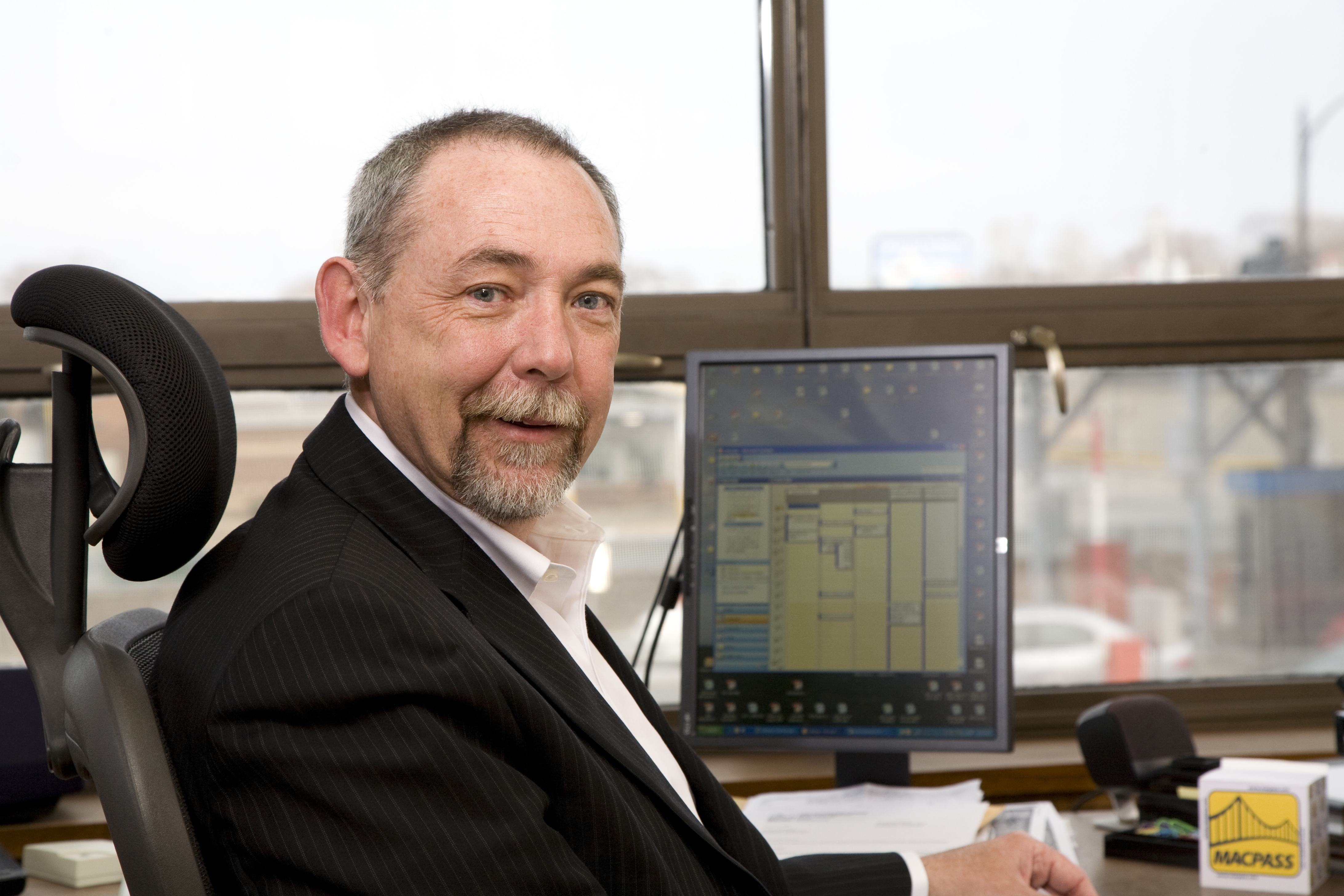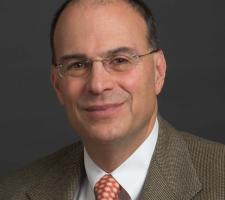
In St Louis on 4-6 October, the IBTTA and ITS America will be co-sponsoring their first joint event, which is intended to address the burgeoning environmental issues affecting road transport infrastructures. Here, Steve Snider and Larry Yermack, the two chief meeting organisers, talk about the event and its aims
Sometimes, an expression or phrase loses impact by virtue of being over-used. For instance we seem, in recent years, to have been witness to so many 'perfect storms', those huge coincidences which result in major change or shifts in attitude. We have also seen issues such as the environment move from being paid mere lip service in many instances to become, arguably, the single-most important political issue across the globe. In the US, meanwhile, the inauguration of President Barack Obama has seen the country move towards an administration which is no longer at odds with those of many other developed nations when it comes to the impact that humans have had, and continue to have, on the planet we inhabit.So, back to the confluence of events: the
Collective strategies
The onus of responsibility
Transportation is responsible for just under a third of all greenhouse gas emissions in the US. A criticism among foreign observers for many years has been the US buying public's continuing predilection for gas-guzzling vehicles. The fuel economy of many domestically manufactured cars and trucks is risible in comparison with those produced in Japan and Europe. The prime participants in St Louis will be concentrating on operational efficiencies, so isn't an event which looks at network operations and management just so much window dressing when individual responsibility is lacking? Yermack thinks not.
"ITS America's strategic plan says that organisations must have the integrity to address greenhouse gas emissions themselves before criticising others. This event will look at what agencies and companies have to do themselves before looking outward. Moreover, if you look at the legs of sustainability, operational efficiency is the one leg which offers immediate results. But all we can do is say what needs to be done - we can't force people." Snider raises the issue of whether the US automotive OEMs were driving or responding to the market over the last couple of decades. But, he says, change could be driven from either the supply side or by some other factor - "For instance, the moderator of our opening session is John Charles of the Cascade Policy Institute, which promotes full market pricing of our transportation networks. Our current transportation models don't provide for anything like that."The joint event ties in with a decision made at an IBTTA board meeting at the beginning of this year says one of the meeting's two chief organisers, Steve Snider of Halifax Harbour Bridges: "There, it was agreed to reach out to like-minded organisations, recognising that we can't remain in silos if we're to maximise potential." According to
"I was struck by some of the presentations and speeches made at the ITS World Congress in New York last year," he continues. "The extent of cooperation between respective governments and industry bodies in Europe and Japan was made clear. We've had nothing similar in the US to date. But now the various state DOTs have some big aims: sustainable transportation and liveable cities. The EPA is much more empowered and CO2 has been declared a pollutant - the House has passed a Bill saying so and we expect to see the Senate clear it this fall. It's a dramatically different situation we find ourselves in."
Snider agrees: "We've had the blinds on for the last three or four decades but you only have to recall the fuel crisis of the 1970s," he says. "The timing of this event is perfect - we get to capitalise on the opportunity which last year's raised fuel prices has presented us with. If you look at that in combination with the issue of how to arrest the production of greenhouse gases, you get a double win which in turn combines with the new broom of the Obama Administration."
Common denominators
"Would the average practitioner in the transportation field in the US recognise the four legs of sustainability? We just don't have 30-plus years' experience of dealing with environmental issues," Yermack continues. "We're looking at this event to give first light to such things." For many years, Snider notes, particularly on tolled facilities, volumes of traffic signified success, as higher volumes equated directly to increased revenues. Now, it is recognised that such thinking is unsustainable. The limitations of the Highway Trust Fund and the need for an alternative means of paying for strategic roads construction and upkeep have long been recognised."The funding deficiencies are terrifyingly huge and yet there still seems to be little real debate over a solution," says Yermack. "Vehicle Miles Travelled [VMT, or pay-per-mile] schemes are now firmly on the political radar. Logically, the concept is a no-brainer for transportation professionals but for the public, and by proxy politicians keen to mollify their constituents, it is somewhat harder to grasp." "Charging and tolling schemes have a big role to play going forward," Snider says. "The tolling industry can create infrastructure which benefits the environment and encourages choice, and it has a lot of expertise to offer in, for example, managing electronic transactions and free-flow facilities. That has application in both VMT on strategic roads and demand management in urban areas." However, although we are seeing the wider use of HOT lanes as a demand management tool, there is still a long way to go before we see senior politicians bite the bullet and accept that things need to change more radically, he feels.
"Small improvements seem fine - people are happy to accept those. But the bigger things which would make a real difference remain unpalatable. For that reason I think you'll see a lot more cordon and corridor charging schemes before you see VMT emerge." That touches upon another pressing need - to see things in a larger, national perspective. Yermack says that while the US has not yet seen a national transportation policy articulated he is confident we will see something from the current administration.
Coping with legacies
Distance has forced much regional planning to be designed around the car. Snider perceives change to be afoot, in the form of infill building in towns and cities rather than continued sprawl together with an increased emphasis on transit and car-pooling. But the truth is that it is a process spread over decades not years. As he puts it, "a $1bn transit scheme just doesn't appear overnight".Breakout sessions will also look at getting the most out of maintenance programmes. The public rarely considers that building a facility is one thing but maintenance is another and so, as well as looking at how to go about things in a sustainable manner, there will also be an emphasis on how to maximise cycle times and minimise disruption.
Climate change
One of the major sessions in St Louis will deal specifically with climate change legislation. How municipalities will respond to this depends on what incentives are on offer, according to Yermack."It all hinges on what the new Bill says on transportation, development densities and so on. We can expect both incentives and disincentives, and, I think, something on VMT. More dense development is to me exciting; it will recreate cities and encourage transit developments.
"ITS is all about the more effective use of technology and encouraging people to make better decisions and drive less. Until recently, states would post travel information and then just leave it to individuals to make their own travel decisions. Now, the policy goal is to use information provision to manage networks. Already, that's a huge shift in thinking." The US has to recognise the bigger picture, says Snider.
"There are some inconvenient truths in the event programme," he continues. "We need to discuss what the transportation industry can do and with my IBTTA hat on my message, so far as this event goes, is that if you're a board chair or CEO of a transportation organisation you can't afford not to be there, where technology, legislation and delivery are all going to be discussed. It's equally important for consultants, suppliers and so on to know that.
"The welfare of the economy and the environment globally are dependent on sustainable transportation and we need to be working on a long-term strategic plan."







